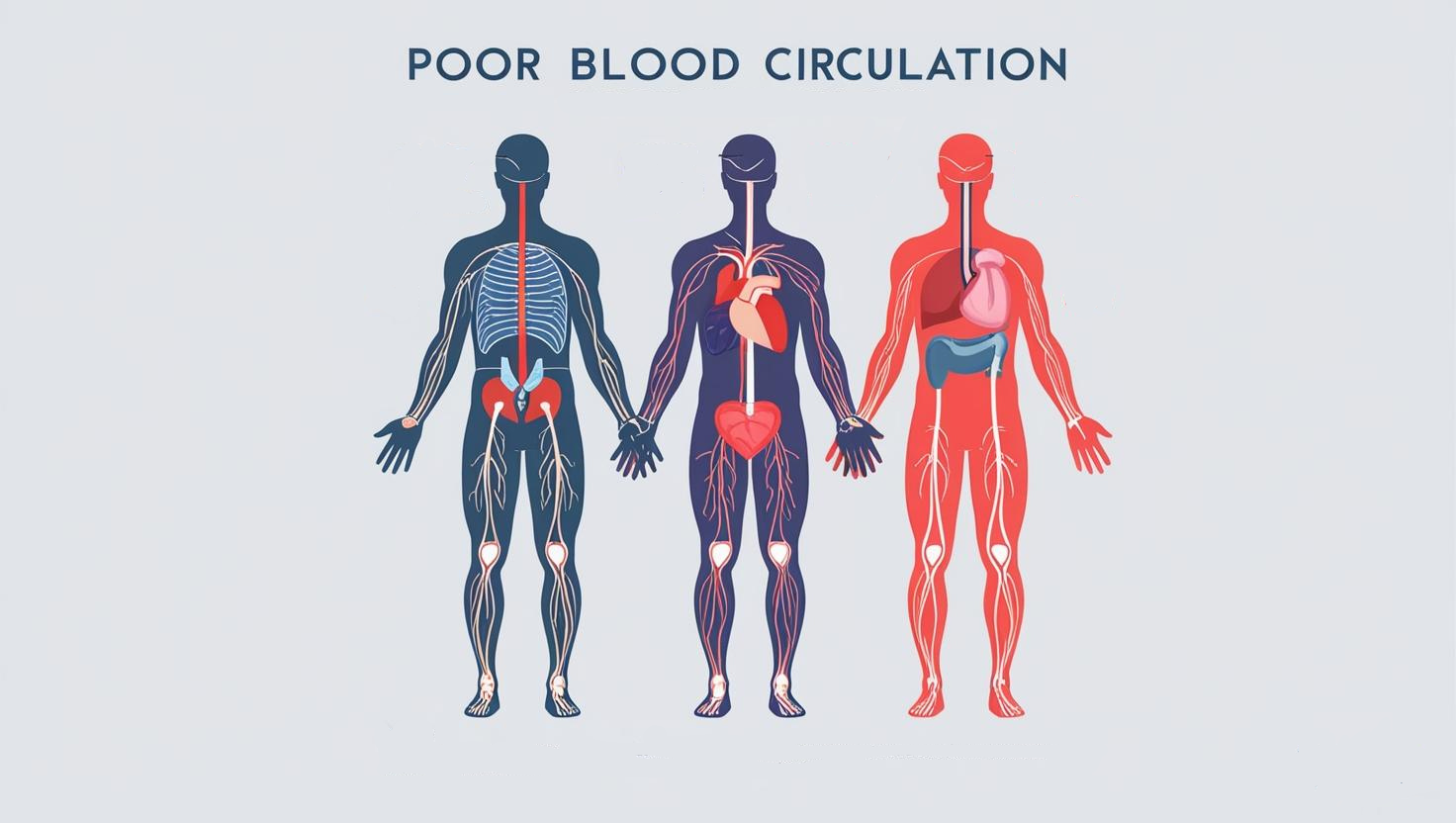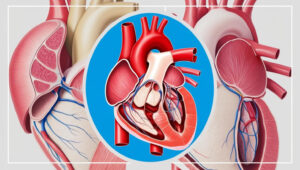Top Signs of Poor Circulation: Identifying Symptoms and Solutions - Trinity Wound Care
- Blog
- Blog Detail
Top Signs of Poor Circulation: Identify Issues Early for Better Health

Mary Huntly APRN FNP-C
Key Takeaways
- Recognizing the signs of poor circulation early is essential to avoid serious health complications, such as heart attacks and strokes.
- Various lifestyle changes, such as quitting smoking, exercising regularly, and managing stress, can greatly improve blood flow and overall health.
- Seeking timely medical advice can help diagnose and treat circulation issues effectively, ensuring better long-term health.
If you’ve noticed that your hands and feet often feel cold or that you experience tingling sensations in your extremities, you might be experiencing signs of poor circulation. This crucial aspect of health, when ignored, can lead to significant complications.
In this guide, we’ll help you understand the top signs of poor circulation and how to address them to enhance your health. Early recognition can lead to better health outcomes, particularly for those over 40 or with specific medical concerns.
What is Poor Circulation?
Poor circulation occurs when blood flow is reduced, resulting in insufficient delivery of oxygen and nutrients throughout the body. Our circulatory system is responsible for pumping blood effectively, and when it doesn’t function well, various health issues can arise. Typically affecting the body’s extremities, poor circulation can cause discomfort and other notable symptoms that shouldn’t be ignored.
When blood flow is compromised, it disrupts the body’s natural processes, which can range from mild discomfort to severe medical conditions. Recognizing the basics of poor circulation is the first step toward effectively managing its effects on your health.
Common Health Implications
Poor circulation is more than just cold hands and feet—it can lead to ongoing health issues if not addressed. Understanding its potential complications is essential for taking proactive steps in maintaining your health.
Causes of Poor Circulation

Several health conditions can lead to poor circulation, with atherosclerosis being a major contributor. This condition involves the hardening of arteries as fats, cholesterol, and other substances build up, forming plaque on artery walls and reducing blood flow. Peripheral artery disease (PAD) is a related issue that specifically affects the arteries in the legs, causing further complications.
Other causes include blood clots, which can develop anywhere in the body and obstruct blood flow, leading to serious health risks if left untreated. Varicose veins, commonly seen in the legs, are enlarged veins resulting from excess pressure or damage to blood vessels. Diabetes is another significant factor, as it can damage nerves and blood vessels, impacting circulation throughout the body.
Symptoms of Poor Circulation
Identifying the symptoms of poor circulation is critical for early intervention. Common signs include sudden leg pain, swelling in one leg, chest pain, dizziness, or warmth radiating from the calf to the knee. These symptoms signal circulation issues and require immediate attention to prevent worsening health.
Numbness and tingling in the hands and feet are also frequent signs, occurring when restricted blood flow prevents nerves from receiving enough oxygen. If your hands and feet are often cold, it may indicate that blood isn’t efficiently reaching these extremities, signaling circulation issues.
Additionally, cognitive symptoms, such as difficulty concentrating and memory problems, can arise due to reduced blood flow to the brain. Fatigue, joint pain, and muscle cramping are other symptoms that should not be ignored, as they might indicate circulatory health problems.
Recognizing the Signs Early
Understanding and paying attention to these symptoms is key. Acting quickly when these signs appear can prevent complications and promote better health outcomes.
Physical Signs of Poor Circulation
Physical signs can offer clear indications of circulation issues. Notable changes in skin color, such as paleness or a bluish-purple tint in certain areas, are often a warning that blood flow is inadequate. Leg ulcers, resulting from blood pooling in leg veins, are a severe symptom requiring medical attention.
Varicose veins, which appear as blue or purple lines under the skin, are not merely cosmetic—they indicate impaired blood flow. Additionally, hair loss and weakened nails can suggest circulation problems, as these tissues rely on a steady blood supply for healthy growth.
Disrupted bowel movements, including constipation, diarrhea, or abdominal pain, can also be linked to poor circulation, as the digestive system depends on good blood flow to function effectively.
Risk Factors for Poor Circulation
Certain risk factors increase the likelihood of poor circulation. Being overweight or obese puts added stress on the circulatory system, heightening the risk of circulation problems. Similarly, smoking damages blood vessels, increasing plaque buildup and obstructing blood flow.
A sedentary lifestyle can also contribute to poor circulation, as it promotes fat buildup in arteries. It’s crucial to maintain an active lifestyle to support healthy blood flow. Other conditions, such as high blood pressure, high cholesterol, and diabetes, are known risk factors.
Family History and Genetics
Genetics also play a role, and a family history of circulatory issues could increase your risk. Being aware of your family’s health background can help you take preventive actions to protect your circulation health.
Complications of Poor Circulation
Ignoring poor circulation can lead to severe complications. Risks include heart attacks and strokes, both of which are directly tied to blood flow issues and emphasize the need for timely intervention. Deep vein thrombosis (DVT), a condition involving blood clots in deep veins, typically in the legs, is another severe risk.
Peripheral artery disease (PAD) can cause tissue damage and other health concerns due to reduced or blocked blood flow. Blood clots may also break loose, potentially traveling through the body and causing life-threatening complications.
Poor circulation can significantly affect the skin’s ability to heal, increasing the risk of infections and slow wound recovery. This is particularly critical for wound care patients, who need efficient blood flow to support healing.
Preventing Severe Health Issues
By addressing poor circulation early on, you can prevent these complications. Taking proactive measures, such as consulting with a healthcare provider, can make a significant difference in maintaining overall health.
Improving Poor Circulation
Addressing poor circulation often involves adopting healthy lifestyle changes. Quitting smoking is a vital step, as it reduces the risk of clogged arteries and supports circulatory health. Incorporating regular exercise is equally important, as it strengthens the heart and encourages better blood flow.
Eating a diet rich in fruits, vegetables, and whole grains helps reduce artery clogging and supports good circulation. A balanced diet also aids in weight management, which plays a crucial role in preventing circulation problems.
Managing stress is another beneficial strategy. High stress levels can raise blood pressure, so incorporating stress-relief practices, like meditation or regular exercise, can improve circulatory health.
Make Health a Priority Today!
If you’re ready to take the next steps toward better circulation, consult with a healthcare provider or vascular specialist. Lifestyle changes can make a significant impact—start prioritizing your health today.
Seeking Medical Attention
If you’re experiencing symptoms of poor circulation, it’s vital to seek medical attention promptly. Fortunately, Trinity Wound Care is here to walk you through any circulation or wound healing issues may encounter.
An early diagnosis and treatment plan can prevent complications and enhance quality of life. Consulting a vascular specialist may offer more targeted interventions for circulation issues.
Treatment may involve lifestyle adjustments, medications, or even surgical options, depending on the severity. Routine check-ups with your healthcare provider can aid in the early detection and management of circulation issues, helping to minimize potential health risks.
Don’t Wait—Get Help for Circulation Issues
If poor circulation symptoms are affecting your daily life, reach out to Trinity Wound Care’s medical professionals for guidance. Taking action now can significantly impact your long-term health and well-being.
Conclusion
Recognizing and addressing the signs of poor circulation is essential for maintaining good health, particularly as we age or manage existing health conditions. By making lifestyle changes and consulting healthcare professionals, you can improve circulation and reduce the risk of severe complications. Your circulatory health is a cornerstone of your overall well-being, so don’t delay in taking proactive steps.
For those in Las Vegas experiencing circulation or wound healing issues, Trinity Wound Care offers expert guidance and specialized care. Contact us to learn how we can help you achieve better health and recovery through our dedicated wound care services.
PERSONALIZED HEALTHCARE
Bringing Healthcare to Your Doorstep
Receive custom-tailored treatment plans that include initial care, ongoing follow-ups, and comprehensive treatment for underlying causes, delivered to you no matter where you reside.



About Us
Trinity Wound Care is dedicated to providing compassionate, comprehensive wound care and support services, ensuring every patient receives personalized treatment for optimal healing and well-being.
Quick Links
Contact Info
- (725) 205-2457
- admin@trinityhealthlv.com
- 6655 W. Sahara Ave D104, Las Vegas, NV 89146